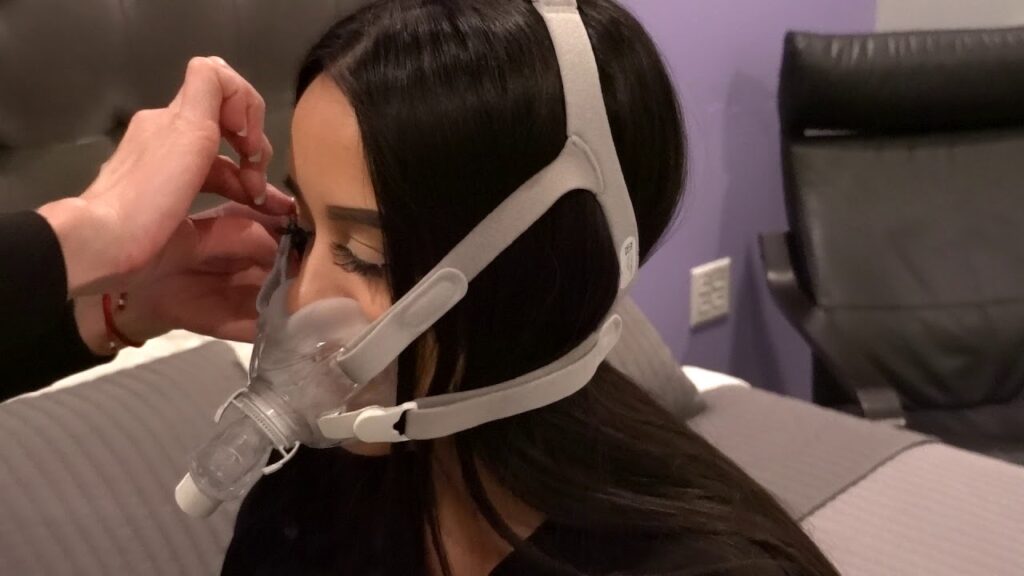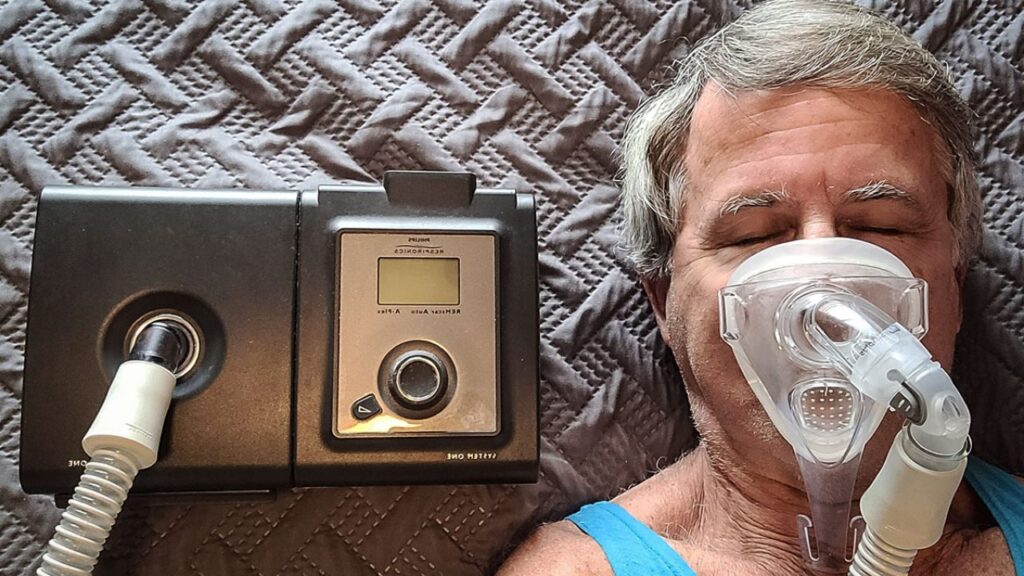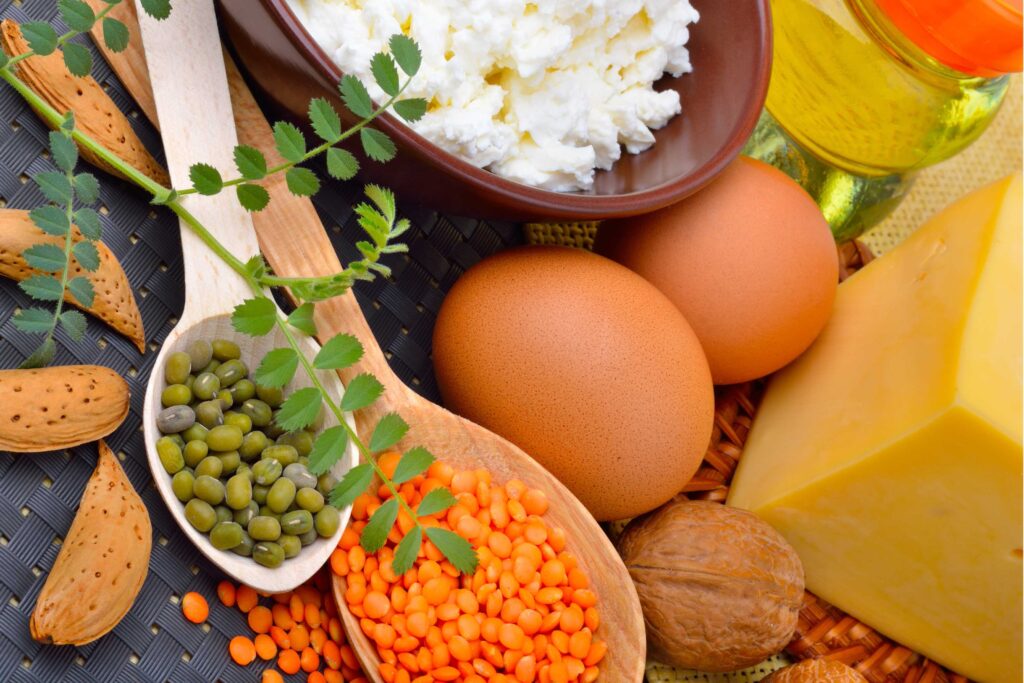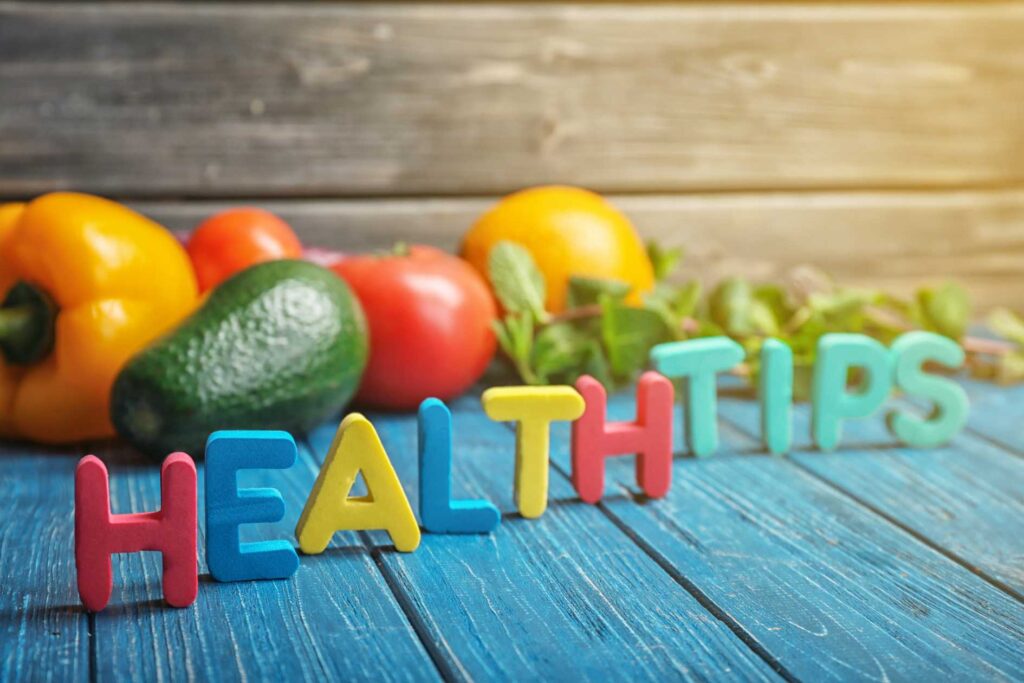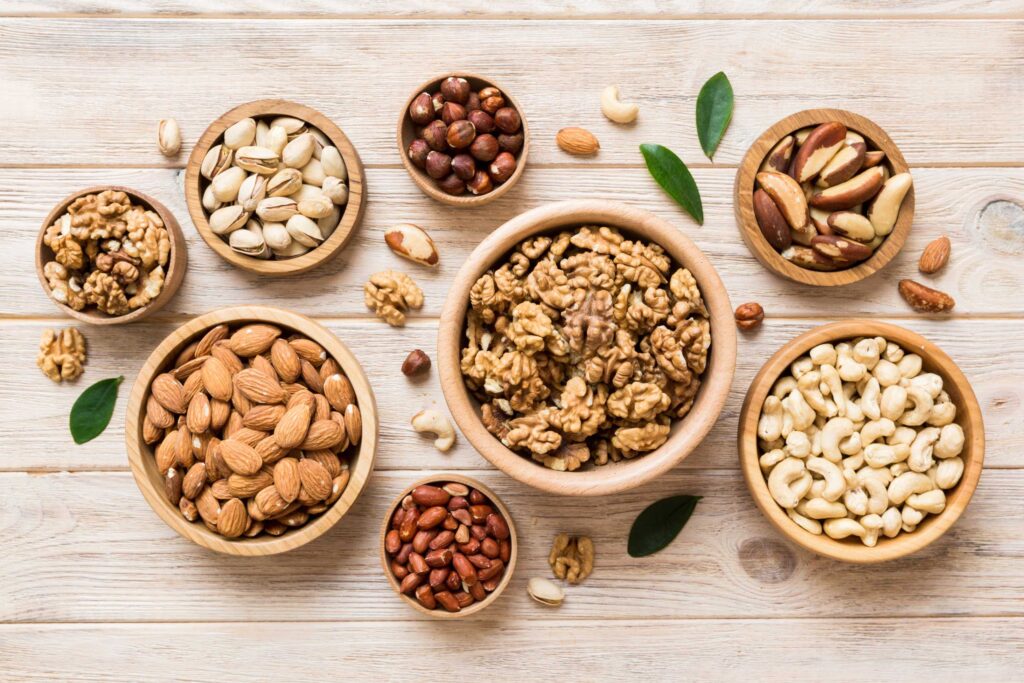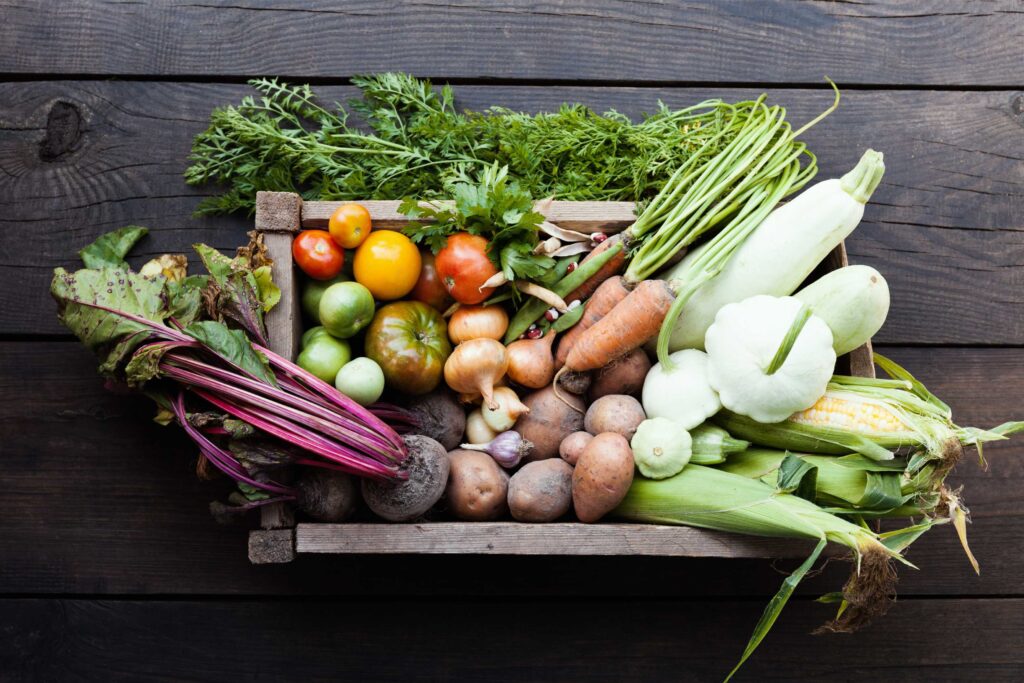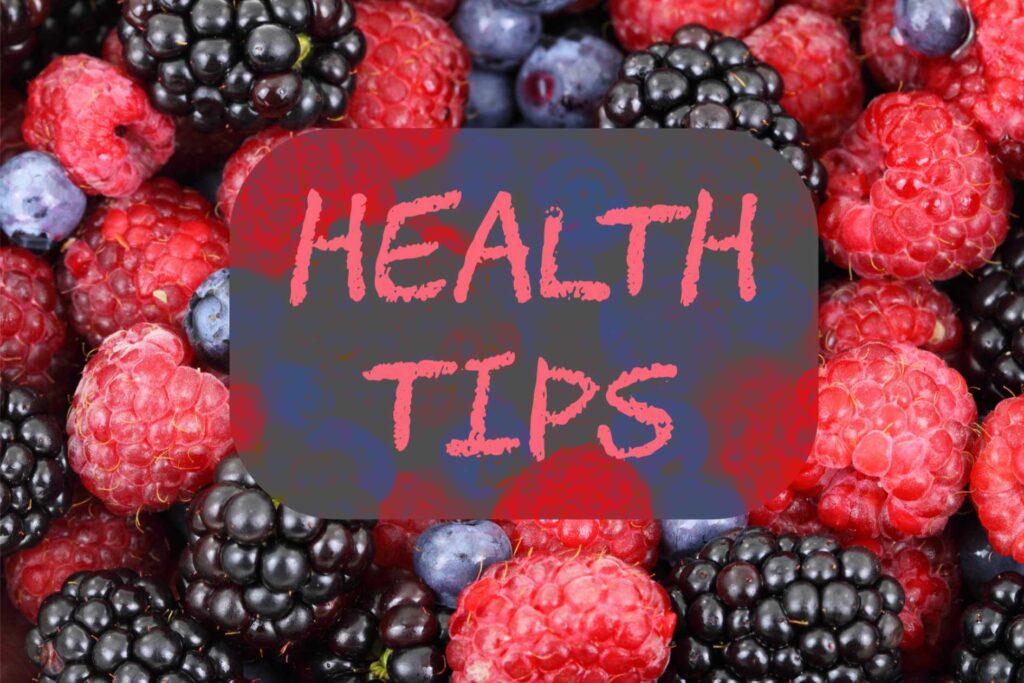Welcome to Considering You
Unlock the secret to restful nights and energized days with our range of cutting-edge sleep solutions.
At Considering You, we understand the importance of quality sleep in enhancing your overall well-being. That’s why we offer a comprehensive selection of top-of-the-line sleep apnea machines, CPAP machines, CPAP masks, and accessories tailored to your unique needs.

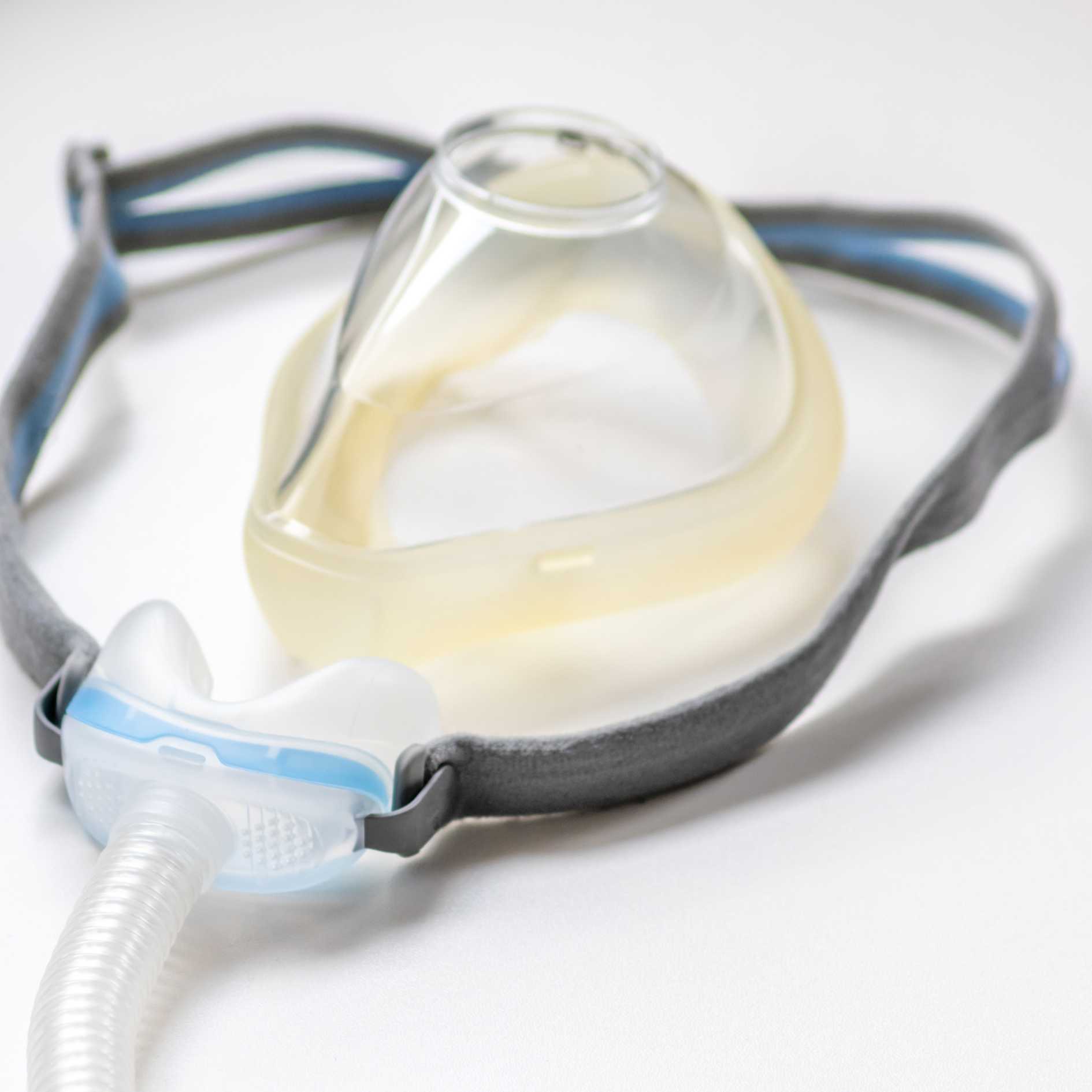
About Us
Who We Are
Considering You is more than just a retailer of sleep solutions — we’re your dedicated partner on the journey to better sleep and improved quality of life. Founded with a passion for enhancing sleep health, we’ve made it our mission to provide individuals suffering from sleep apnea and related conditions with access to top-quality CPAP machines, masks, and accessories.
Our Services
Experience the difference personalized care and expertise can make in your sleep journey. Contact us today to learn more about our comprehensive range of services.

Sleep Consultations
Our experienced team of sleep specialists offers personalized consultations for your sleep study and recommend the most suitable solutions tailored to your unique circumstances.
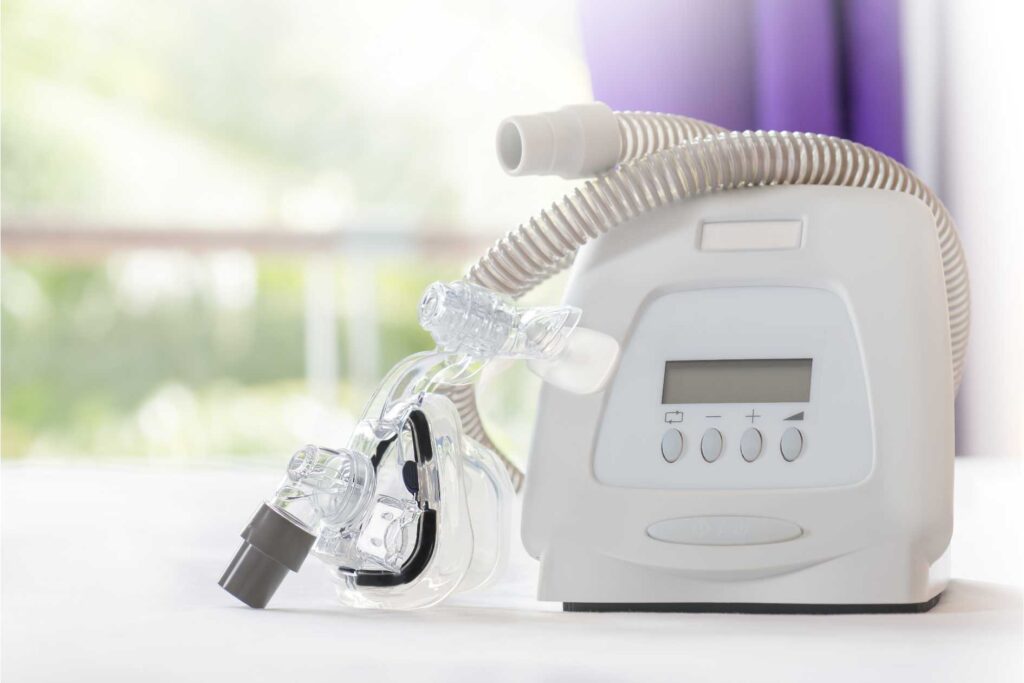
CPAP Machine Rentals
For those seeking to try CPAP therapy or in need of temporary solutions, we provide CPAP machine rental services, allowing you to experience the benefits of therapy without a long-term commitment.

Mask Fitting Services
Finding the right CPAP mask can significantly impact your comfort and therapy effectiveness. Our mask fitting services ensure you receive expert guidance in selecting the perfect mask for your needs and preferences.
Our Blogs
Common CPAP Machine Problems and How to Troubleshoot Them
CPAP Machine 101: Tips for Keeping Your Device in Top Condition
Be a Nutrient Seeker
Essential Oils- Safer, Cheaper, More Effective Healthcare!
A Great Cup of Coffee
Day in the Life
June Fitness Challenge!
Lauren Fowler, RDN
What’s in your food?
Earth Day Giveaway
Send Us a Message
Have a specific inquiry or request? Fill out the form below, and one of our team members will get back to you as soon as possible.
Why Choose Us
Discover the Considering You difference and start your journey to better sleep today.

Expertise: Backed by a team of sleep specialists and industry experts, we offer unparalleled knowledge and guidance to help you find the perfect sleep solution for your needs.
Quality Products: We partner with leading manufacturers such as ResMed to bring you a curated selection of top-of-the-line CPAP machines, masks, and accessories renowned for their effectiveness and durability.
Personalized Support: Your journey to better sleep is unique, and we’re here to support you every step of the way. From product selection to ongoing assistance, our friendly team is dedicated to ensuring your satisfaction and success.
Customer Satisfaction: Your satisfaction is our priority. We’re committed to providing exceptional service, hassle-free shopping experiences, and prompt assistance to address any questions or concerns.
Our Gallery

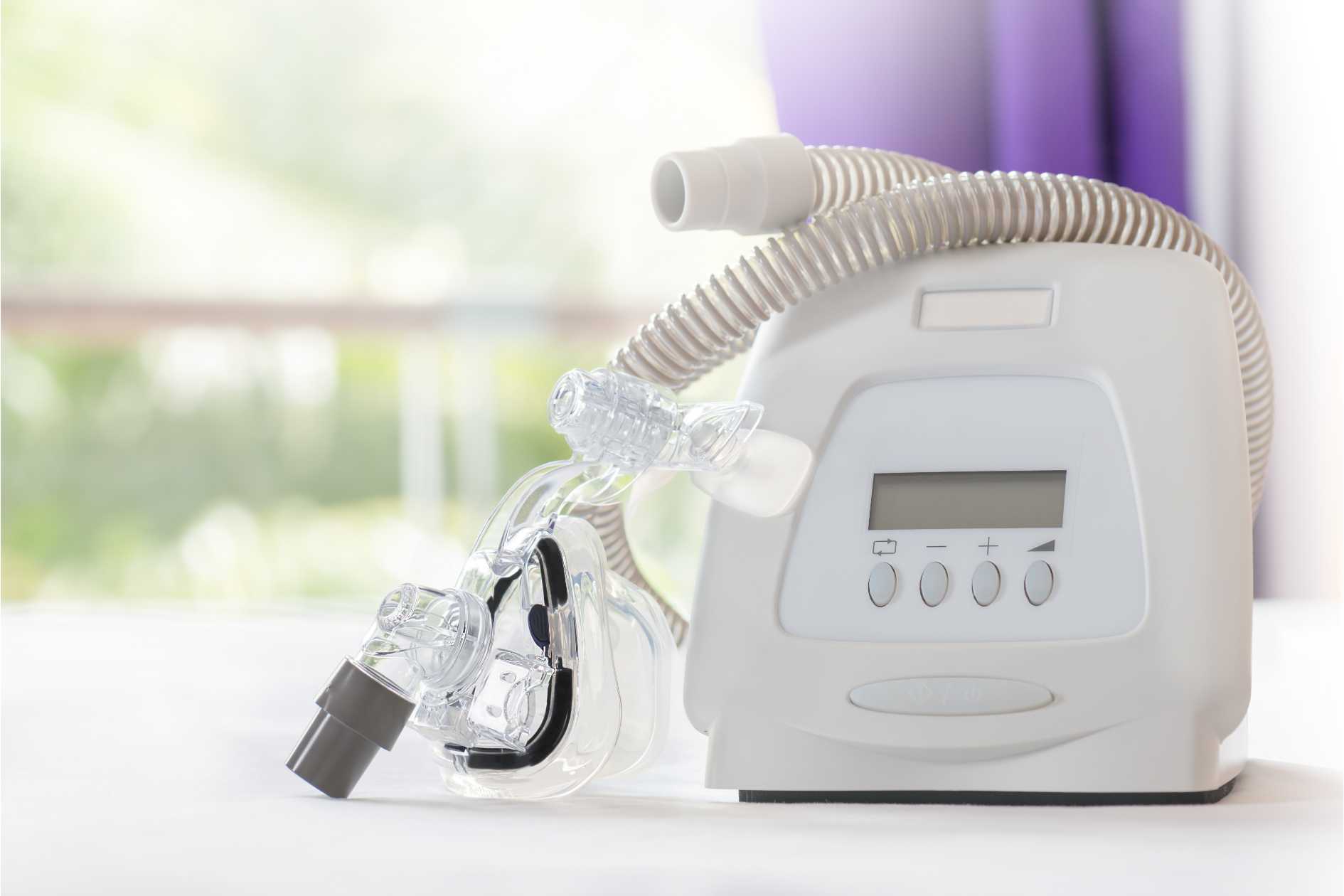


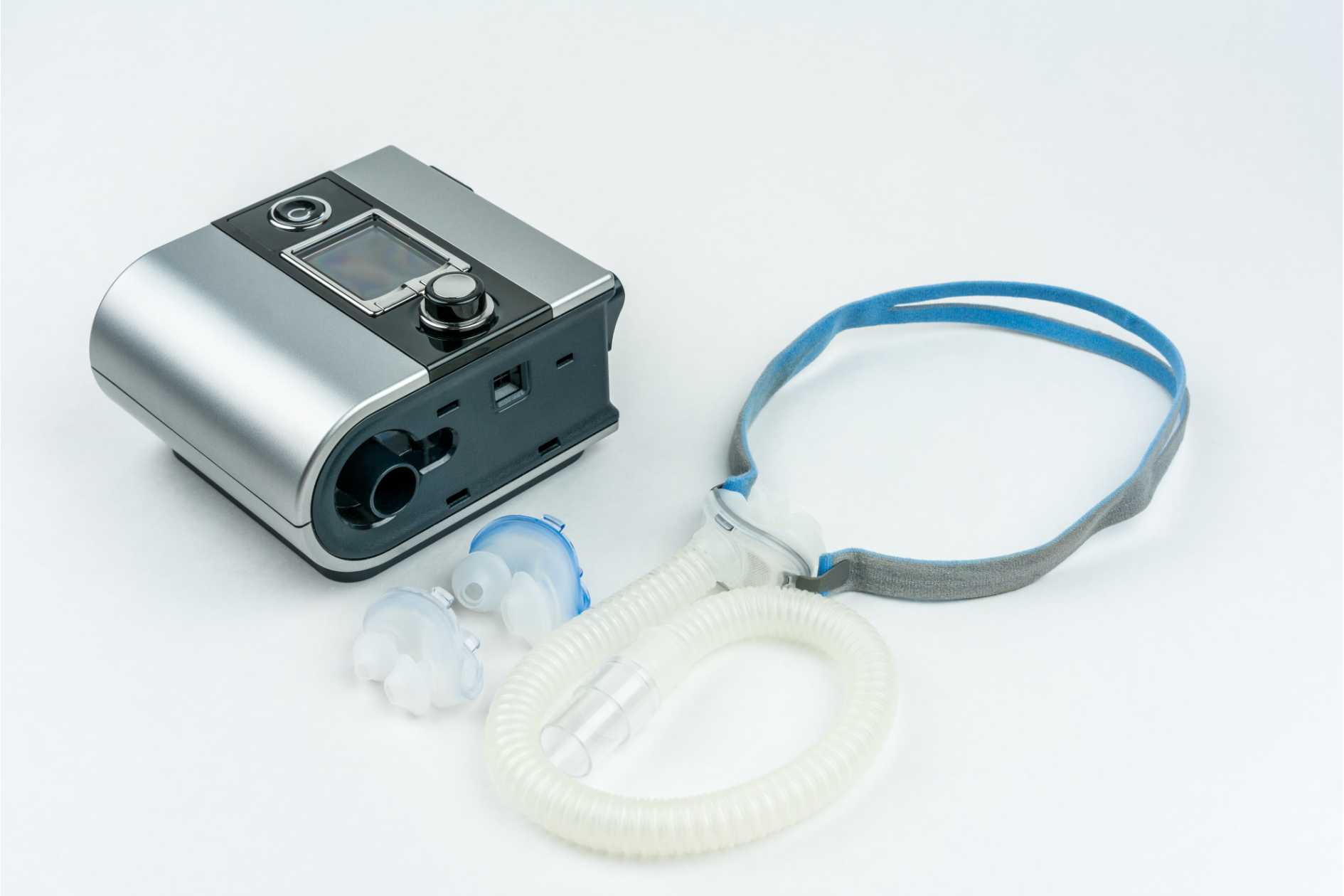

Testimonials
What Our Clients Say




